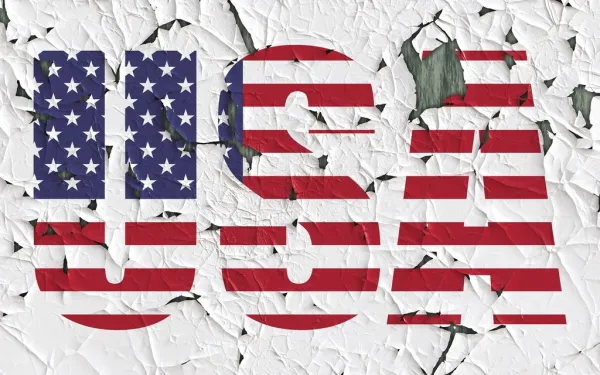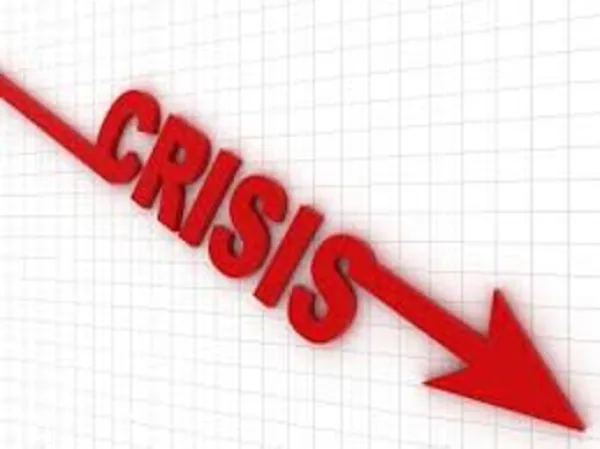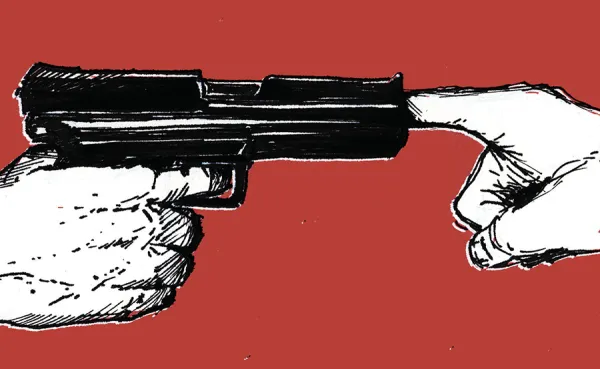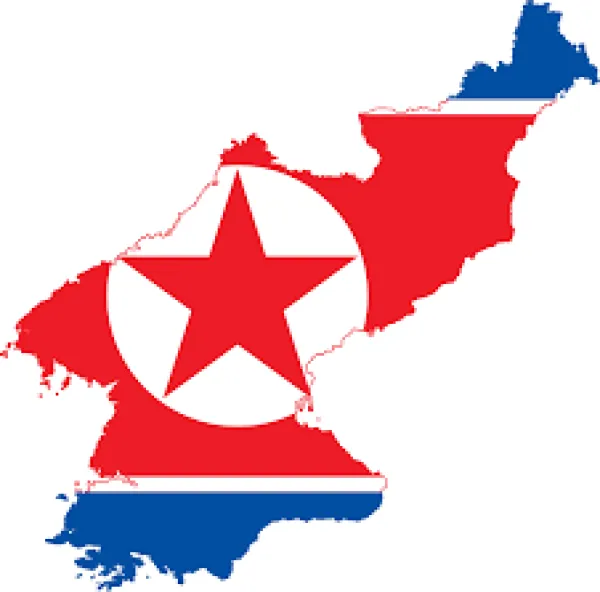The Illusion of Armed Salvation

This time, the “the fire and the fury” of American mass murder erupted in church. Twenty-six people were killed, including children, one only 18 months old.
How do we stroke their memory? How do we move forward? This is bigger than gun control. We should begin, I think, by envisioning a world beyond mass murder: a world where rage and hatred are not armed and, indeed, where our most volatile emotions can find release long before they become lethal.
As I read about the shootings at Sutherland Springs, Texas, and studied Devin Patrick Kelley’s troubled bio, I suddenly found myself picturing a coal miner trapped in a collapsed mine. Here was a man trapped inside himself: buried in his own troubles, disconnected from his own humanity and, therefore, everyone else’s humanity. A man in such a state is utterly disempowered.
And in this country, the path back to empowerment — for God know how many people — begins with owning a gun.
U.S. Empire: Not Fade Away

http://davidswanson.org/u-s-empire-not-fade-away/
I wanna tell you how it’s gonna be.
But I really cannot. Prediction is just vastly more difficult than action, which makes it even odder that so much of the former goes on, and so little of the latter.
I just read In The Shadows of the American Century: The Rise and Decline of U.S. Global Power by Alfred McCoy. It’s one of the better books I’ve read in a long time on the history and current state of U.S. militarism. It’s excellent on the truly ridiculous (my word, not the book’s) chess analogy that has driven imperialist thinking, on the outcomes of backing dictators as puppets, and on the abuses of secret agencies — including their role in the drug trade in places like Nicaragua and Afghanistan.
Thanks! Mothers I’ve Met

More than a hundred mothers have contacted me over the years, alarmed at the relationships their teenaged children were developing with military recruiters at school. They wanted to know what they could do about it. They were angry, and they were worried.
The fact these women reached out to me and other counter-recruitment activists demonstrates the degree of alarm they experienced. They feared their vulnerable children would enlist against their wishes. They were terrified their child would be killed while they stood by. This was the driving force of their resistance.
Several mothers told me they deeply resented the presence of military recruiters in their child’s school and they described the influence recruiters were having over their child’s thinking and behavior. They talked about difficult relationships they had with their children. Some said their child had forged close relationships with recruiters at school for over two years. These moms were certain their sons were going to enlist because their boys knew the pain it would inflict on their mothers.
A Nonviolent Strategy to End Violence and Avert Human Extinction

Around the world activists who are strategic thinkers face a daunting challenge to effectively tackle the multitude of violent conflicts, including the threat of human extinction, confronting human society in the early 21st century.
I wrote that ‘activists who are strategic thinkers face a daunting challenge’ because there is no point deluding ourselves that the insane global elite – see ‘The Global Elite is Insane’ – with its compliant international organizations (such as the UN) and national governments following orders as directed, is going to respond appropriately and powerfully to the multifaceted crisis that it has been progressively generating since long before the industrial revolution.
The Secure, the Dispossessed, and the Mentally Deranged Dotards

In The Secure and the Dispossessed, Nick Buxton and Ben Hayes have collected an unflinching survey of a species gone mad. The book’s subtitle is “How the Military and Corporations Are Shaping a Climate-Changed World.” In short, the Authoritarian Exceptionalist Military Corporate Complex is flamboyantly recognizing the hole it is in, and exponentially increasing the rate of digging, while hiring PR firms to redefine “digging” as “robust engagement in advanced resilient green initiatives that save us all by further enriching the rich, militarizing the world, and rendering the earth uninhabitable.”
The Psychology of Mass Killers: What causes it? How can you prevent it?

In Las Vegas on 1 October 2017, it appears that one man (although it might have been more) killed 59 people and shot and injured another 241 (with almost 300 more injured while fleeing). The incident got a lot of publicity, partly because the man managed to kill more people than most mass killers. However, because the killer was a white American and had a Christian name, he was not immediately labeled a terrorist, even though his death toll considerably exceeded that achieved in many ‘terrorist attacks’, including those that occur in war zones (such as US drone murders of innocent people attending weddings).
According to the Gun Violence Archive, there is now an average of one mass shooting (arbitrarily defined by the FBI as a shooting in which at least four victims are shot) each day in the USA. By any measure, this is a national crisis.
Public lands protections boost local economies

My wife and I recently ventured from our home in Montana on a two-week road trip to the Southwest. The excursion took us deep into Utah’s majestic canyon country and the West’s ongoing clash over our federal public lands, a conflict most recently inflamed by Interior Secretary Ryan Zinke’s recommendation to shrink a number of our National Monuments. While the environmental, social, and political issues around these fights remain contentious, one thing has become clear: Strong public lands protections fuel thriving economies.
The Violence Comes Home Again

In the wake of the Las Vegas massacre, as in the wake of all the high-profile mass shootings that preceded it, the big question looms: Why?
John Whitehead puts the question this way: “What is it about America that makes violence our nation’s calling card?”
This is the enormous question — you might call it the $700 billion question, which is the size of the 2018 military budget recently approved by the Senate — that most media and law enforcement personnel do not ask or acknowledge, as they search for clues about the motive behind Stephen Paddock’s rampage on the night of Oct. 1 amid the scattered wreckage of the killer’s life.
He was a “lone wolf.” He was a “psychopath.”
Flag Idolatry Is a Pathology That Crushes Real American Values

he flag is a symbol, and there is no agreement as to what it actually symbolizes. By design, the flag’s thirteen stripes stand for the original 13 states, none of which would ban slavery. The 14th state, Vermont, was the first state to ban slavery, doing it weakly in its 1777 state constitution (not that the principle was enforced: in 1802 the Town of Windsor sued a State Supreme Court justice to get him to take care of an elderly, infirm slave he had dumped on town welfare; the town lost the case). The original flag had 13 stars for those same original 13 states, and it took over 70 years before all 36 stars in the 1865 flag represented states without slavery (but not states without racist Jim Crow laws and the freedom to lynch without consequence). The colors of the stars and stripes had no meaning in 1777, when it was adopted, as distinct from the colors of the Great Seal that did have meaning.
Let’s Put to Rest These Myths about U.S.-North Korea Relations

Not even a year has passed since Donald Trump’s election victory. Yet already, his over-the-top, pugnacious rhetoric and actions have exacerbated Washington’s conflict with North Korea to the point where some observers are comparing it to the 1962 Cuban missile crisis.1 But how are people being educated and informed about this crisis in the mass media? We are shown bountiful coverage of North Korean problems, such as Kim Jong-un’s own over-the top rhetoric, his government’s human rights violations, rapid development of nuclear missiles, and soldiers goose stepping, but hardly any coverage of American problems, such as our history of aggression on the Korean Peninsula, the “Military-Industrial Complex” that President Eisenhower warned about in 1961, and the ways in which Washington has been intimidating Pyongyang. Below is an outline of some myths that must be dispelled if Americans are to gain some basic understanding U.S.-North Korea relations today and if they are to feel motivated to pressure their government to negotiate a diplomatic solution to the crisis.
Myth Number 1: North Korea is the aggressor, not us; they are the problem
